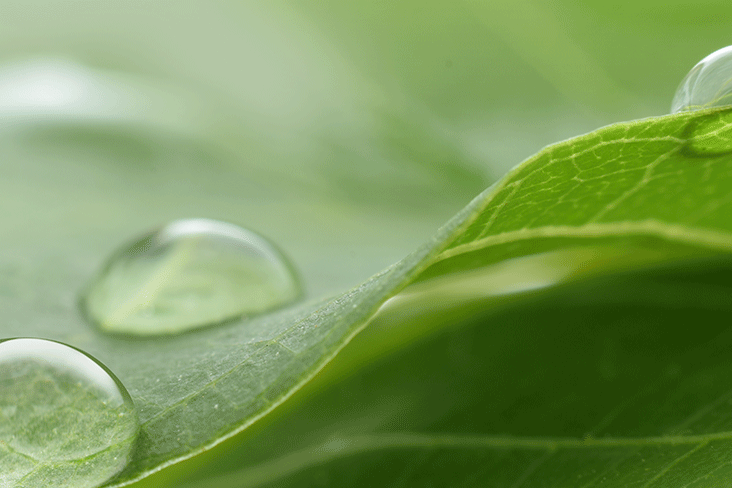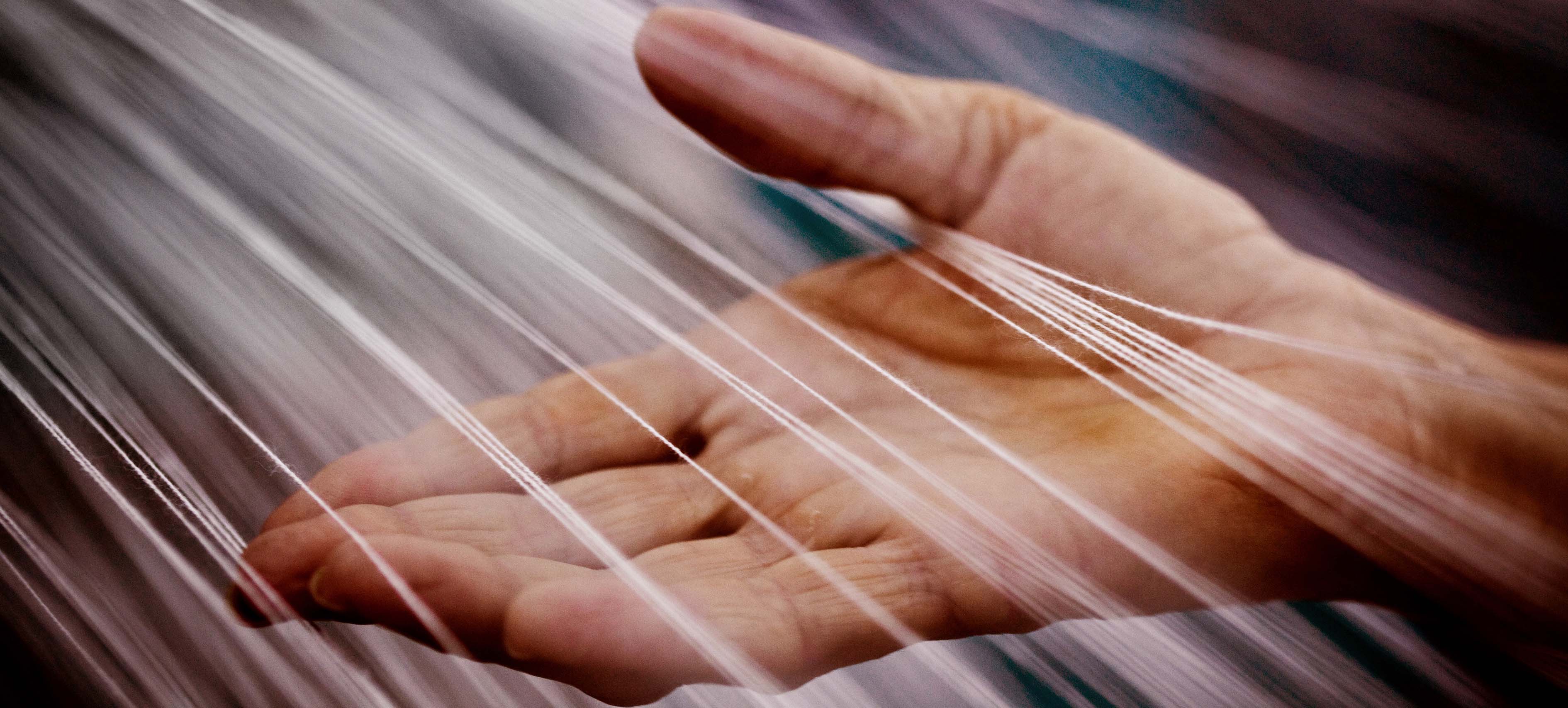Conserving resources

Responsible handling of water
We are committed to conserving water resources, not only in our own area of responsibility, but also at our suppliers.
Our goal is to reduce our own water consumption (external water supply) by 10% compared to 2023 in relation to Group sales by 2030. Currently, we have an increase of 9% compared to 2023. To achieve this goal, our measures within our own area of responsibility primarily focus on those areas where we have identified the greatest potential for reducing consumption at our own locations. In 2024, our total net fresh water consumption amounted to approximately 58,000 m³. The availability of drinking water plays a key role in the analysis of the savings potential. Especially in water-scarce regions such as Turkey, water consumption is to be reduced as much as possible. For example, we collect water at the largest company-owned production site with the help of groundwater tanks and use it for green area irrigation as well as the sanitary installation on site.
In the past, we have implemented the following projects: In addition to an efficient irrigation system at the company's headquarters in Metzingen (Germany), we use an automated garden irrigation system at the Savannah distribution center (USA). In addition, we have installed water-saving fittings, so-called aerators, at several locations, which reduce water consumption by mixing air into the water jet. Motion sensors also adapt the water supply to the current demand. Besides, we managed to save water by demounting heat and power units at several buildings and installing heat pumps instead.
Within the framework of our sustainable store concepts, appropriate solutions for the efficient use of fresh water are also taken into account for new openings and renovations as well. You can find further information on the concepts here.
We also attach importance to the responsible use of water in our supply chain. For example, we support our suppliers with tools for implementing resource efficiency projects and we set them clear standards and targets. It is particularly important to us to constantly increase transparency regarding wastewater values and chemical inventories. HUGO BOSS therefore requires its suppliers to handle chemicals responsibly and helps them to reduce their use and replace harmful substances. To enhance, among others, tracking of water consumption at our suppliers, we launched a partnership with Cascale and Worldly. This collaboration is expected to provide valuable insights into water usage across our supply chain, enabling us to design effective strategies for reducing water consumption going forward.
Reduce and recycle waste
HUGO BOSS strives to reduce waste along the entire value chain. At our sites, waste is generated by production and logistics, as well as by retail stores and administration buildings. We aim to reduce the amount of waste (household waste) per employee by 10% until 2025 compared to 2018. In 2024, we have already achieved a reduction of 9%. Wherever possible, the waste generated by our business activities is reused or recycled. In doing so, we pay attention to optimized processes – this is particularly relevant at our own production facilities. For example, we focus on the efficient use of fabrics and trimmings. Intelligent cutting programs calculate the best possible distribution of product components across the fabric – with the aim of using as much raw material as possible.
Handling of product and transport packaging
In addition, we at HUGO BOSS are working on further reducing packaging waste. For example, we are continuously assessing the need for certain product packaging components and removing parts wherever possible. In addition, we continue innovating and optimizing in the use of transport packaging by reusing cartons and reducing the empty space. At the same time, we are focusing on bringing products to the customer intact and in line with the brand’s premium claim. You can find out more here.
In the area of transport packaging, we were able to reuse 670 tons of cardboard packaging in our own distribution centers in 2024, which means that almost 40% percent of the transport packaging used in shipping goods was reused. Since 2017, all newly sourced cardboard boxes used in our distribution centers are also certified and consist of 80% recycled material on average. You can find out more here.
